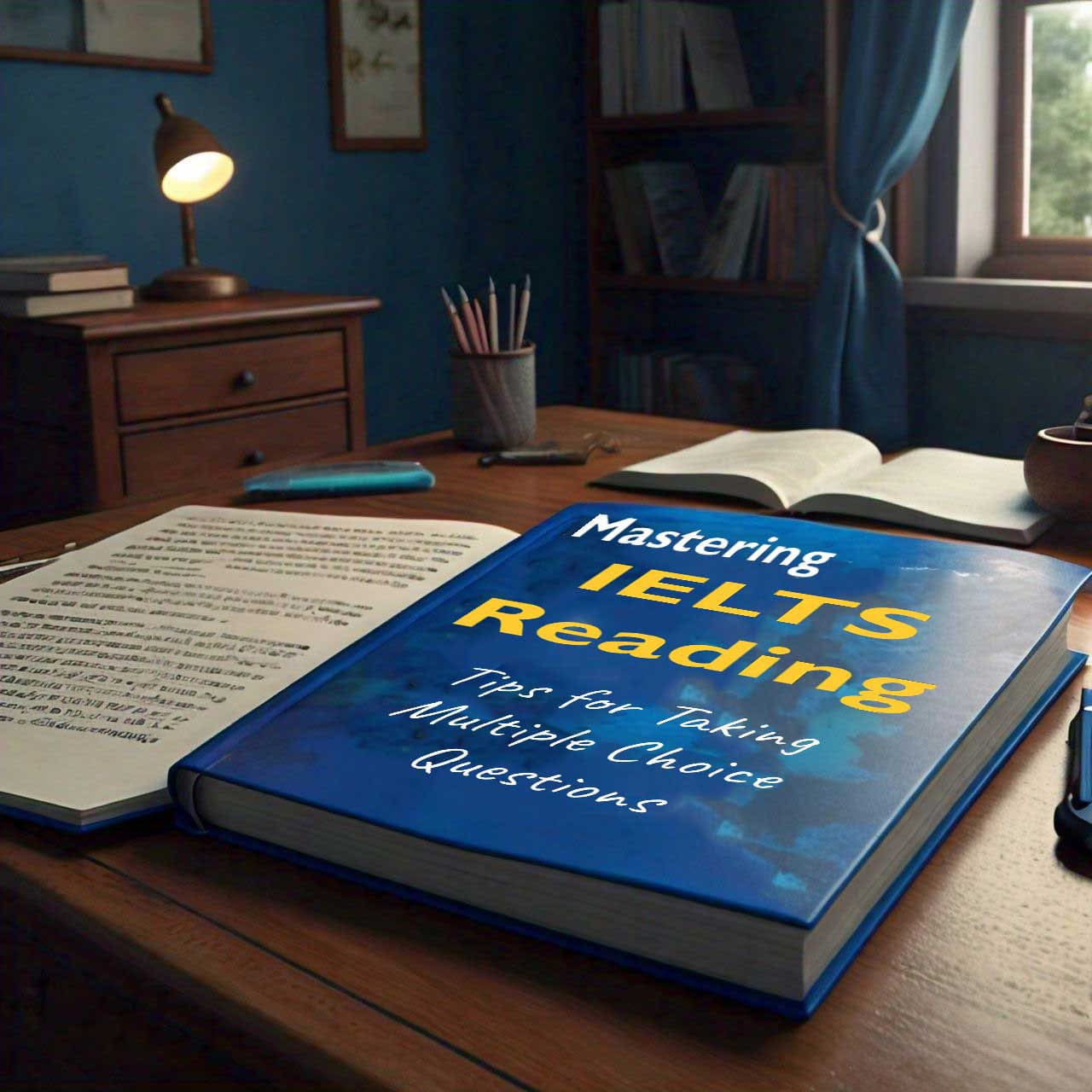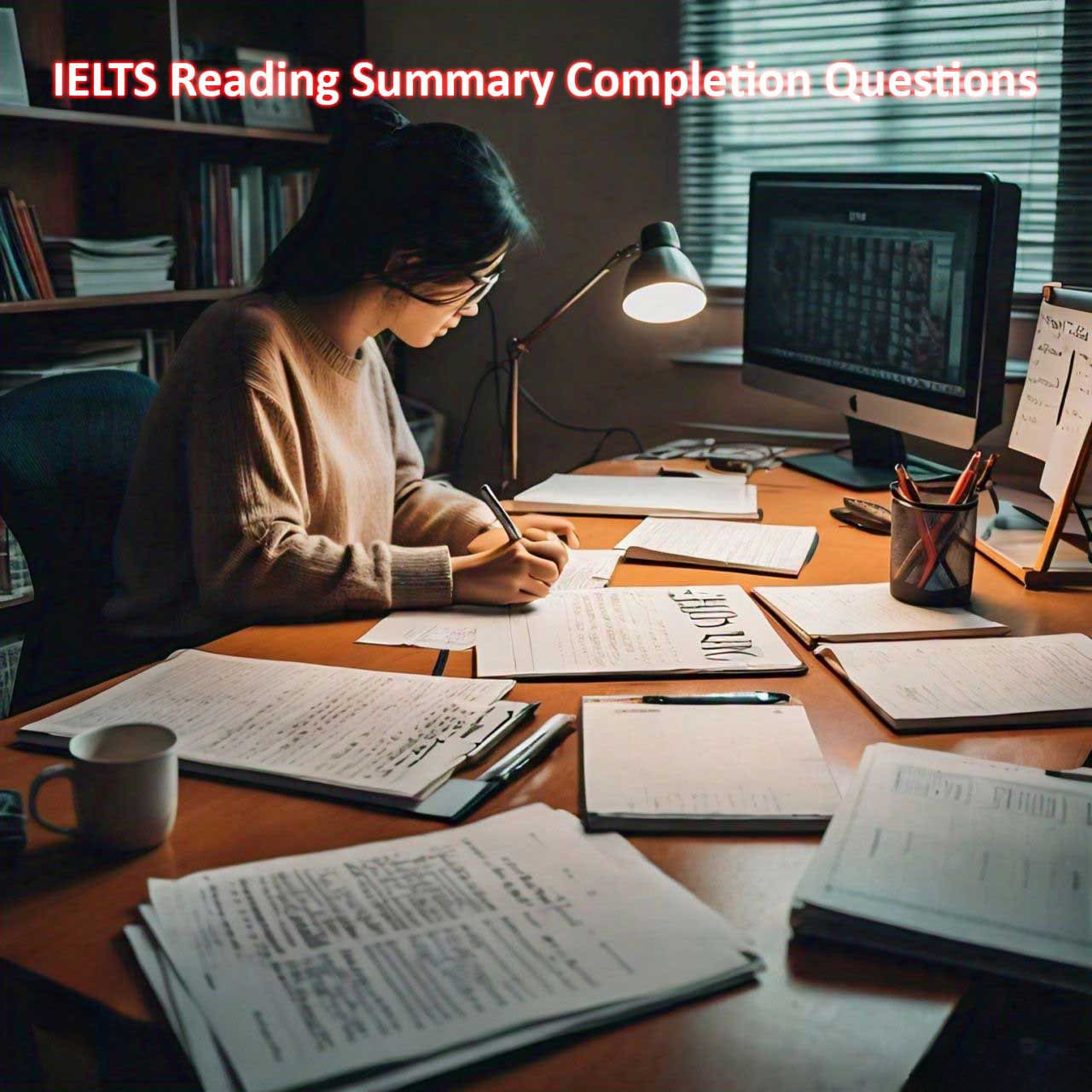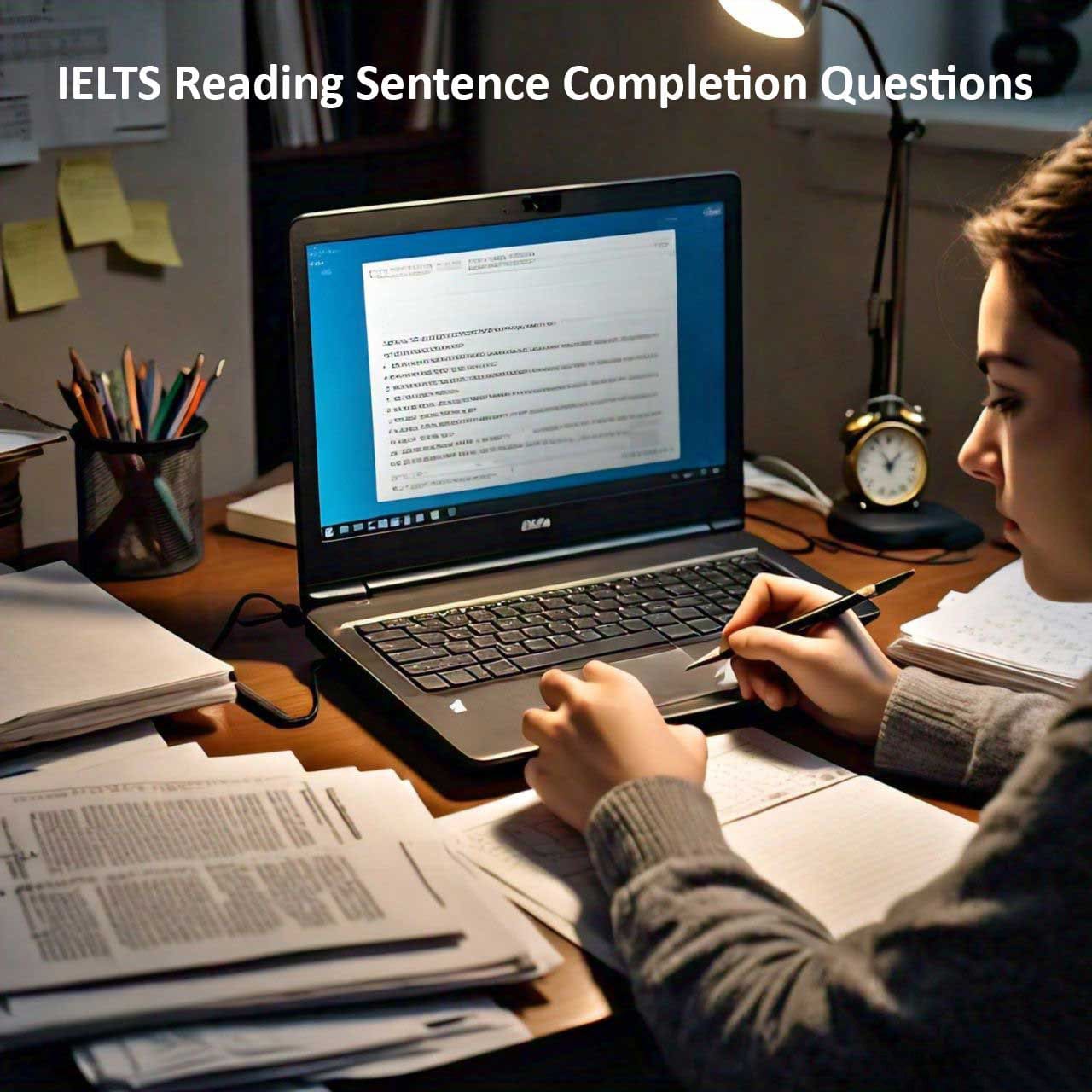The IELTS Reading section is known for its variety of question types, one of which is multiple choice questions (MCQs). These questions require careful reading and precise understanding of the text to select the correct answer from a list of options. Although they can be challenging, with the right strategies, you can excel in this part of the test. Here’s a comprehensive guide to help you master IELTS Reading multiple choice questions.
Table of Contents
Understanding Multiple Choice Questions
Multiple choice questions in the IELTS Reading section test your ability to understand detailed information, identify main ideas, and grasp specific facts or opinions. Each question typically offers four choices, but only one is correct. These questions can appear in any of the three reading passages and cover a range of topics and difficulty levels.
Strategies for Answering Multiple Choice Questions
1. Read the Instructions Carefully
Before diving into the questions, ensure you understand the instructions. They will tell you how many options you need to choose (usually one, but sometimes two or three). Clear understanding of the instructions prevents careless mistakes.
2. Skim the Passage First
Start by skimming the passage to get a general idea of the content and structure. This initial overview helps you locate relevant sections more quickly when answering specific questions.
3. Identify Keywords in the Questions
Carefully read each question and identify keywords or phrases. These keywords will guide you to the relevant part of the text. For example, if a question mentions a specific name, date, or concept, focus on finding that in the passage.
4. Locate the Relevant Section
Use your skimming skills and keywords to locate the part of the text related to each question. Pay attention to headings, subheadings, and any highlighted words or phrases.
5. Read Around the Keywords
Once you’ve found the relevant section, read around the keywords to understand the context. Sometimes the answer is not directly next to the keyword but a few sentences before or after it.
6. Eliminate Wrong Answers
Eliminate options that are clearly incorrect. Narrowing down your choices increases the likelihood of selecting the correct answer. Look out for options that:
– Contradict the information in the passage.
– Are too general or too specific compared to the text.
– Include extreme words like “always” or “never,” which are rarely correct in IELTS.
7. Look for Synonyms and Paraphrasing
IELTS often paraphrases information in the passage and the questions. Instead of looking for exact word matches, look for synonyms and similar phrases that convey the same meaning.
8. Choose the Best Answer
After eliminating incorrect options and considering paraphrasing, choose the answer that best fits the information in the passage. Ensure that your choice answers the question directly and accurately.
Common Pitfalls and How to Avoid Them
1. Reading Too Quickly
Rushing through the passage can cause you to miss crucial details. Take your time to read carefully and understand the context around keywords.
2. Overlooking Specific Details
Multiple choice questions often hinge on specific details. Pay close attention to precise information such as dates, numbers, and names.
3. Being Tricked by Distractors
IELTS MCQs include distractors—options that seem correct at first glance but are ultimately incorrect. Stay focused on the text and rely on evidence from the passage to make your choice.
4. Misinterpreting Paraphrased Information
Recognize that IELTS frequently uses paraphrasing. Practice identifying paraphrases to avoid being misled by different wording.
Practice Makes Perfect
Consistent practice is essential to mastering multiple choice questions in the IELTS Reading section. Here are some effective ways to practice:
1. Use Official IELTS Practice Materials
Official IELTS practice tests provide the most accurate representation of the questions you will encounter. Regular practice with these materials can help you become familiar with the format and difficulty level.
2. Analyze Your Mistakes
Review your incorrect answers to understand why you made mistakes. Analyzing your errors helps you identify patterns and areas for improvement.
3. Read Widely
Expand your reading beyond IELTS practice materials. Reading a variety of texts, such as newspapers, academic journals, and books, can improve your comprehension skills and expose you to different writing styles.
4. Time Yourself
Practice under timed conditions to simulate the actual test environment. This helps you manage your time effectively during the exam.
Sample Practice Question
To give you a concrete example, let’s go through a sample multiple choice question:
Passage Excerpt:
“Climate change has significantly impacted polar bear populations. With the reduction of sea ice, polar bears are finding it more challenging to hunt seals, their primary food source. As a result, they are experiencing nutritional stress and lower reproductive rates.”
Question:
What is the main reason for the decline in polar bear populations?
a) Increased human hunting
b) Loss of sea ice
c) Decreased seal populations
d) Lower reproductive rates
Answer Explanation:
The correct answer is b) Loss of sea ice. The passage explicitly states that the reduction of sea ice makes it harder for polar bears to hunt seals, leading to nutritional stress and lower reproductive rates.
Conclusion
Mastering multiple choice questions in the IELTS Reading section requires a combination of careful reading, strategic thinking, and consistent practice. By following the strategies outlined in this guide and avoiding common pitfalls, you can enhance your ability to select the correct answers with confidence. Remember, practice is key to success, so make use of official practice materials and incorporate regular reading into your study routine. With dedication and preparation, you can achieve a high score on the IELTS Reading test and move closer to your academic and professional goals.



